The Suffering Never Ends

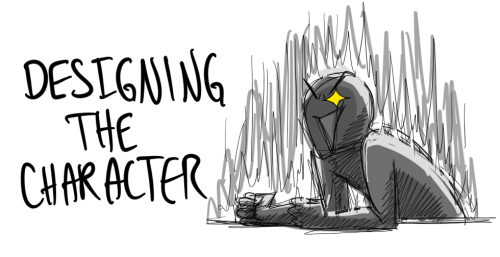
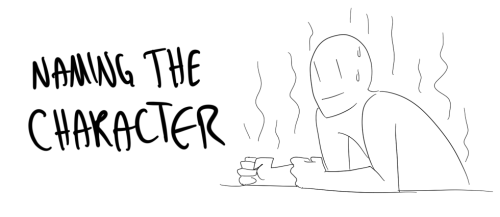
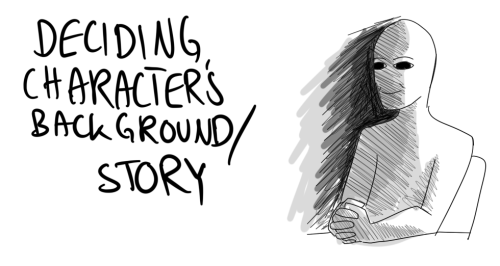
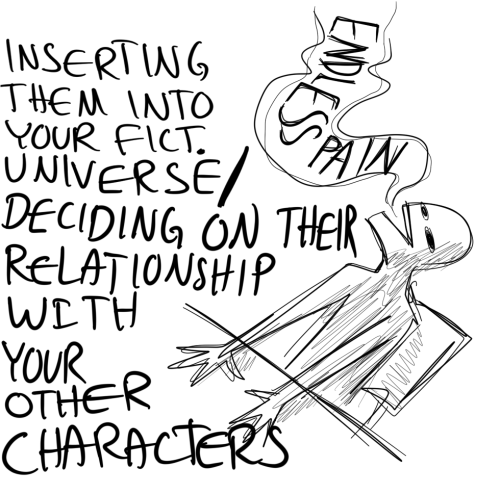
the suffering never ends
More Posts from Lilhaileyfoofoo and Others

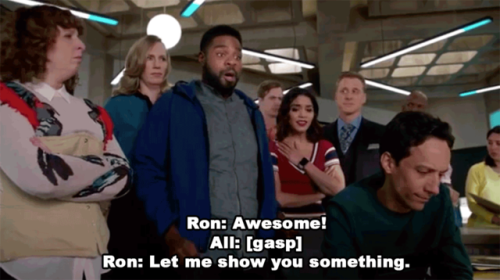
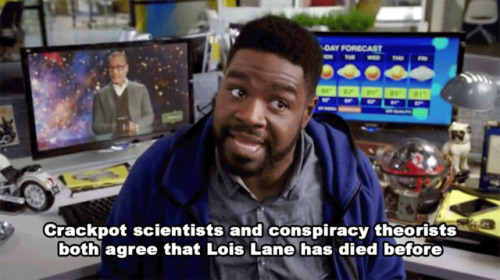


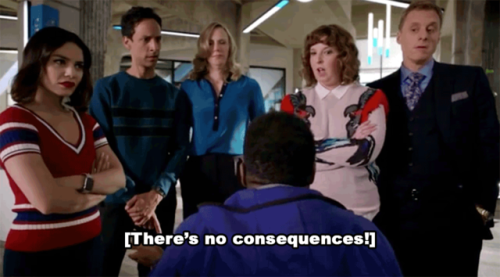



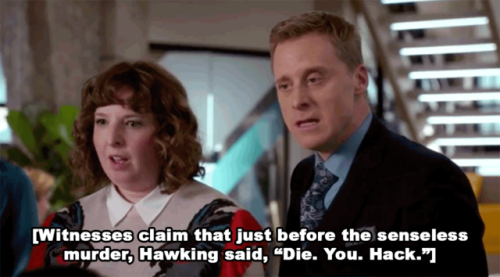
I’m, I’m at my capacity,
Me whenever I find anyone who ships my rare pair

That’s how it feels sometimes … you want all these nice things to be said so you can cover up the flaws that you see in yourself, and sometimes it’s weird how you can have thousands of people saying you’re good, and you’re doing a great thing, but you just want that one person to say it to you, and that one person never says it. So it’s weird, praise is a weird thing, and sometimes you get lots of praise but it’s not the praise you’re looking for.
@thechilledchaos (What Makes You Happy? (The Beginners Guide - Full Playthrough))
I really hate the Western take on Eastern philosophies & symbols.
No, yin yang is not good vs. evil or even the balance of good & evil. No, karma is not that cunt who cut you off getting what’s coming to her. No, zen is not a day at the spa with cucumbers on your face. No, yoga is not being able to fit in your skinny jeans after a good workout. No, buddhism is not going on yoga retreats. asffffkkdjjj%^&#$%
Geology of Natural Disasters and How to write them into your fictional universe.
So, you want to write about a natural disaster to advance your plot and torture your players/characters even more? Let me tell you how, accurately.
I feel like unless it is a volcano, natural disasters are a pretty slept on plot drivers, and some of them are really cool and unique! Today, I will talk to you about land slides, earthquakes (And earthquake related disasters), and volcanoes.
Landslides: Probably one I see the least in stories, but one that would be incredibly interesting to write into a plot where they believe in curses. Landslides can happen along ocean bluffs, slightly hilly areas, and highly mountainous areas, this means it is something that can happen in most landscapes. But what can trigger a landslide? Mostly all you need to trigger a landslide could be just abnormally large amounts of rain, excessive deforestation (with a little bit of rain), or an earthquake. If you don't want to use deforestation or an earthquake as a catalyst, a really cool indicator that the land is slipping and may be prone to a collapse is J hooked trees.

This indicates that there is soil creeping slowly over time, and it may lead to a major landslide.
2. Earthquakes: Probably one of the easiest things to write, earthquakes can happen anywhere, but they are most common in places that are tectonically active areas. There are about three types of environments you can expect earthquakes to be common. The first is just rugged mountains, if your landscape looks like this, you should write in earthquakes. Associated hazards could be landslides, avalanches, and large falling rocks.

The next landscape could be a thin mountain range, next to the ocean, very scenic, but very dangerous. Essentially, I am describing a subduction zone environment.

Earthquakes in these areas could equal a couple different associated disasters. Scenario one: A very large earthquake happens, and the ocean begins to recede. This is a tsunami, enough said. If you are writing a tsunami though, please, please, do not write it as a large wave, thank you. Also, a common way people are hurt by tsunami's are from them going into the ocean because they don't understand a tsunami is going to happen.

Scenario two: A large earthquake happens, your characters are in a valley and suddenly the ground begins to liquify as the ground shakes, once the shaking stops, the ground becomes solid like nothing ever happened, except everything has suddenly sunk into the now hard ground. This is called liquefaction and it typically happens in areas that have loose dirt or lots of saturated soil.

Scenario three: There are a lot of small earthquakes, they do not cause a lot of damage, but you begin to notice that one of the isolated mountains has a plume rising. Earthquakes can indicate lava moving underground and the filling of magma chambers.

The next environment that can host lots of earthquakes would be regions that have a lot of really deep valleys and small mountain ranges (not cone volcanoes), but overall seems pretty flat.

This indicates a transform fault like the San Andreas. If you want to hint at there being earthquakes in the area, you can show fence posts that are suddenly several feet out of line at a dilapidated farm or something similar.

(These earthquakes are different because they are cased from sideways movement, not an up-and-down movement this hint can only be used for this environment). Volcanoes would not be found here, but liquefaction and landslides could still occur here.
4. Volcanoes: If you thought earthquakes had a lot of information, volcanoes do too. First you have to ask yourself, what kind of volcano you want to have, what kind of eruption style? So lets break down the kind of eruptions you can have and what their landscapes look like. Hawaiian Shield volcano: This will produce a smooth fast lava, the landscape typically is pretty flat, but there will be small cones and the rocks can have a ropey or jagged texture and the rocks will be almost exclusively black to dark red.

Stratovolcanoes: These will be solitary mountains, typically, that look like perfect cones (Picture shown in earthquake section). These will have large ash cloud eruptions and pyroclastic flows, they may have some lava, but typically most damage is done from the pyroclastic flows (think Pompeii). Some hints of these, other than describing the cone features (which can be hidden by other mountains), would be to talk about petrified wood! Trees can get fossilized in the ash and I imagine it would be very strange to find this rock that clearly looks to be a piece of wood, but its a rock. Subcategory- Calderas: Used to be a large stratovolcano, but they erupt so explosively that the entire cone collapses and creates a basin.

There are a lot of kinds of volcanoes out there, so forgive me for just putting an infographic and then talking to you about these really rare types of eruptions that I feel like people should know about.

Okay lets talk about blue lava (kind of) and black lava

You will notice the lava is still red in the middle of this image, during the day these would look like a normal eruption, but at night the burning sulfur would make it appear blue. Some cool features other than this, would be that any water in the area would become very acidic and burn the skin due to sulfuric acid. This would again be really cool if you are trying to describe a 'cursed' land.
Black lava: This happens only in the east African rift I believe, but it is a carbonatite lava, but if you are writing in a rift valley (where the continent is tearing apart to form a new ocean) this might be a cool feature. The lava will cool white and will quickly erode, it makes for a very alien landscape!

Anyway as always, this is supposed to be an introductive guide for the basics of writing geology to create cool landscapes/features into dnd or fictional universes, if you are a geologist please understand my oversimplification of tectonics, I didn't want people to run away.
Imagining a story in your head:

Writing down the story:









some puppies studies ( ͡° ͜ʖ ͡°) 🐶 | Instagram
(Edited) + more studies lkdafña
Should I change my profile from the mess my sister set it to many years ago or should I leave it at it’s current eye bleed status? Hmmm.
![In-Store Ikea Reviews [see A Bonus Review On Facebook]](https://64.media.tumblr.com/d86df81af703c07196588ff928425f58/tumblr_nueyq6ZR3z1u53c30o1_500.jpg)
![In-Store Ikea Reviews [see A Bonus Review On Facebook]](https://64.media.tumblr.com/90bd8ae6ddfa04d8390a0fec82d841dc/tumblr_nueyq6ZR3z1u53c30o3_500.jpg)
![In-Store Ikea Reviews [see A Bonus Review On Facebook]](https://64.media.tumblr.com/d945a869876e995830730de9084d1633/tumblr_nueyq6ZR3z1u53c30o4_500.jpg)
![In-Store Ikea Reviews [see A Bonus Review On Facebook]](https://64.media.tumblr.com/151bc5157c274583f018f6784d5b0a36/tumblr_nueyq6ZR3z1u53c30o2_500.jpg)
![In-Store Ikea Reviews [see A Bonus Review On Facebook]](https://64.media.tumblr.com/006ef8d3a2ace9b5e45b0227601c0280/tumblr_nueyq6ZR3z1u53c30o5_500.jpg)
![In-Store Ikea Reviews [see A Bonus Review On Facebook]](https://64.media.tumblr.com/79c15175e3a7a094b1a911cd4ab1540c/tumblr_nueyq6ZR3z1u53c30o6_540.jpg)
![In-Store Ikea Reviews [see A Bonus Review On Facebook]](https://64.media.tumblr.com/23afa39f6f100af1735410154be2eaf3/tumblr_nueyq6ZR3z1u53c30o8_500.jpg)
![In-Store Ikea Reviews [see A Bonus Review On Facebook]](https://64.media.tumblr.com/b0ad9aa64319e470806960ce66daef5f/tumblr_nueyq6ZR3z1u53c30o10_500.jpg)
![In-Store Ikea Reviews [see A Bonus Review On Facebook]](https://64.media.tumblr.com/aa37a84e7682998447b919438f8e58fc/tumblr_nueyq6ZR3z1u53c30o9_500.jpg)
![In-Store Ikea Reviews [see A Bonus Review On Facebook]](https://64.media.tumblr.com/daff617ed584074dad6061ba824c74c1/tumblr_nueyq6ZR3z1u53c30o7_500.jpg)
In-Store Ikea Reviews [see a bonus review on Facebook]
-
 sielaltruist reblogged this · 1 week ago
sielaltruist reblogged this · 1 week ago -
 straightasaaro reblogged this · 1 week ago
straightasaaro reblogged this · 1 week ago -
 straightasaaro liked this · 1 week ago
straightasaaro liked this · 1 week ago -
 dovehearts-blog liked this · 1 week ago
dovehearts-blog liked this · 1 week ago -
 whyamilikethis1000 liked this · 1 week ago
whyamilikethis1000 liked this · 1 week ago -
 deepcandylight liked this · 1 week ago
deepcandylight liked this · 1 week ago -
 readromantsy liked this · 1 week ago
readromantsy liked this · 1 week ago -
 16anicka07 reblogged this · 1 week ago
16anicka07 reblogged this · 1 week ago -
 16anicka07 liked this · 1 week ago
16anicka07 liked this · 1 week ago -
 whyseverbodysocreative liked this · 1 week ago
whyseverbodysocreative liked this · 1 week ago -
 loreandletters liked this · 1 week ago
loreandletters liked this · 1 week ago -
 romerona liked this · 1 week ago
romerona liked this · 1 week ago -
 oswalddogface liked this · 1 week ago
oswalddogface liked this · 1 week ago -
 sw33t-as-h3ll reblogged this · 1 week ago
sw33t-as-h3ll reblogged this · 1 week ago -
 sw33t-as-h3ll liked this · 1 week ago
sw33t-as-h3ll liked this · 1 week ago -
 jobmannormalguy liked this · 1 week ago
jobmannormalguy liked this · 1 week ago -
 jobmannormalguy reblogged this · 1 week ago
jobmannormalguy reblogged this · 1 week ago -
 randomyougurt liked this · 1 week ago
randomyougurt liked this · 1 week ago -
 jumbods reblogged this · 1 week ago
jumbods reblogged this · 1 week ago -
 jumbods liked this · 1 week ago
jumbods liked this · 1 week ago -
 miyukore liked this · 1 week ago
miyukore liked this · 1 week ago -
 ladyofthebluelight reblogged this · 1 week ago
ladyofthebluelight reblogged this · 1 week ago -
 circusjocey liked this · 1 week ago
circusjocey liked this · 1 week ago -
 i-cant-think-of-anything-to-say liked this · 1 week ago
i-cant-think-of-anything-to-say liked this · 1 week ago -
 i-cant-think-of-anything-to-say reblogged this · 1 week ago
i-cant-think-of-anything-to-say reblogged this · 1 week ago -
 wolfdragon07 liked this · 1 week ago
wolfdragon07 liked this · 1 week ago -
 sp00ky-in-th3-cl0s3t reblogged this · 1 week ago
sp00ky-in-th3-cl0s3t reblogged this · 1 week ago -
 sp00ky-in-th3-cl0s3t liked this · 1 week ago
sp00ky-in-th3-cl0s3t liked this · 1 week ago -
 spellingishardman reblogged this · 1 week ago
spellingishardman reblogged this · 1 week ago -
 spellingishardman liked this · 1 week ago
spellingishardman liked this · 1 week ago -
 illya-roma reblogged this · 1 week ago
illya-roma reblogged this · 1 week ago -
 illya-roma liked this · 1 week ago
illya-roma liked this · 1 week ago -
 jinx-lucy liked this · 1 week ago
jinx-lucy liked this · 1 week ago -
 and-we-shake-the-iron-hand liked this · 1 week ago
and-we-shake-the-iron-hand liked this · 1 week ago -
 eddsworldgirl2009 liked this · 1 week ago
eddsworldgirl2009 liked this · 1 week ago -
 shadowdoggo liked this · 1 week ago
shadowdoggo liked this · 1 week ago -
 jarcheyevist liked this · 1 week ago
jarcheyevist liked this · 1 week ago -
 dextheartist reblogged this · 1 week ago
dextheartist reblogged this · 1 week ago -
 dextheartist liked this · 1 week ago
dextheartist liked this · 1 week ago -
 irereblogs reblogged this · 1 week ago
irereblogs reblogged this · 1 week ago -
 a-bcdefghijklmn-opqrstuvwxy-z liked this · 1 week ago
a-bcdefghijklmn-opqrstuvwxy-z liked this · 1 week ago -
 cookieeevee reblogged this · 1 week ago
cookieeevee reblogged this · 1 week ago -
 lynx-in-the-woods liked this · 1 week ago
lynx-in-the-woods liked this · 1 week ago -
 acedotxyz liked this · 1 week ago
acedotxyz liked this · 1 week ago -
 sugarskullhedgie liked this · 1 week ago
sugarskullhedgie liked this · 1 week ago -
 firtreeandsun liked this · 1 week ago
firtreeandsun liked this · 1 week ago -
 general-sir liked this · 1 week ago
general-sir liked this · 1 week ago -
 frombehindthesea liked this · 1 week ago
frombehindthesea liked this · 1 week ago -
 asterys reblogged this · 1 week ago
asterys reblogged this · 1 week ago

I mostly reblog writing and art related resources here. BLMMy main account is FoofsterRoonie. My art blog is FoofsterArtAnd my writing blog is Foofsterwriting:)
197 posts



